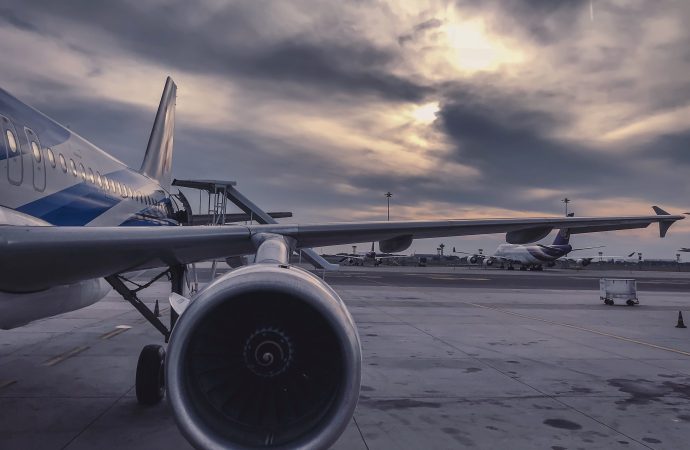Singapore Airlines (SIA) has emerged victorious in the intense battle for supremacy in the skies against its Hong Kong-based rival, Cathay Pacific. As Asian aviation giants vie for dominance in the fiercely competitive airline industry, SIA’s strategic maneuvers have allowed it to outshine and outperform its competitors, cementing its position as the region’s leading
Singapore Airlines (SIA) has emerged victorious in the intense battle for supremacy in the skies against its Hong Kong-based rival, Cathay Pacific. As Asian aviation giants vie for dominance in the fiercely competitive airline industry, SIA’s strategic maneuvers have allowed it to outshine and outperform its competitors, cementing its position as the region’s leading carrier.
Over the past decade, both airlines have grappled with challenges such as rising fuel costs, fluctuating passenger demands, and the impact of the COVID-19 pandemic. However, Singapore Airlines, with its innovative strategies and commitment to excellence, has managed to outmaneuver Cathay Pacific at every turn.
One of the key factors contributing to Singapore Airlines’ success has been its unwavering dedication to providing exceptional service. SIA’s fleet of state-of-the-art aircraft, renowned for their comfort and cutting-edge technology, has given the airline a competitive edge. Passengers are consistently impressed by the airline’s commitment to customer satisfaction, which is reflected in their high ratings for in-flight service, entertainment options, and overall experience.
Moreover, Singapore Airlines has capitalized on its strategic location, leveraging Singapore’s status as a global financial hub and a gateway to Southeast Asia. The airline has successfully established itself as a preferred choice for both business and leisure travelers, offering a comprehensive network of destinations across the globe.
Cathay Pacific, on the other hand, has faced a series of setbacks in recent years. The airline struggled with the aftermath of the 2019 Hong Kong protests, which significantly impacted its operations and reputation. The subsequent COVID-19 pandemic dealt another severe blow to Cathay Pacific, forcing the airline to scale back its services and implement cost-cutting measures.
While Cathay Pacific has made efforts to regain its footing, including restructuring its operations and introducing new routes, it has struggled to match Singapore Airlines’ momentum. The emergence of low-cost carriers in the region has further intensified the competition, challenging Cathay Pacific’s traditional business model.
Industry experts attribute Singapore Airlines’ success to its ability to adapt to changing market conditions, invest in cutting-edge technology, and deliver a consistently outstanding travel experience. The airline’s reputation for safety, reliability, and customer service has solidified its position as the preferred carrier for discerning travelers.
As the battle for the skies rages on, it remains to be seen how Cathay Pacific will respond to Singapore Airlines’ dominance. Industry observers speculate that Cathay Pacific may need to reevaluate its strategies, enhance its customer offerings, and seek new partnerships to stay competitive in the ever-evolving aviation landscape.
In conclusion, Singapore Airlines’ triumph over Cathay Pacific in the battle for the skies signifies not only a shift in market dynamics but also highlights the importance of innovation and customer-centricity in the aviation industry. SIA’s commitment to excellence, combined with its strategic vision, has propelled it to the forefront of the Asian airline market, leaving its competitors struggling to catch up.
Disclaimer: The opinions expressed in this article are solely those of the author and do not reflect the views of any organization or entity. The information provided is based on the available facts at the time of writing.























Leave a Comment
Your email address will not be published. Required fields are marked with *